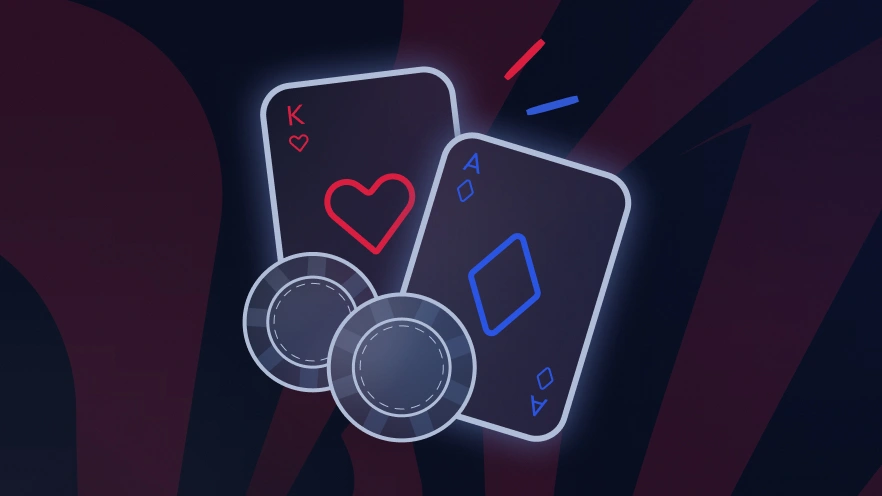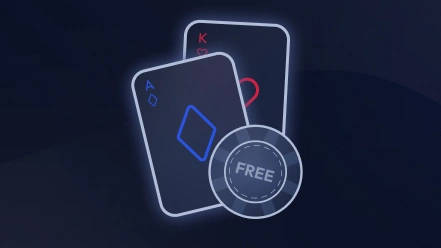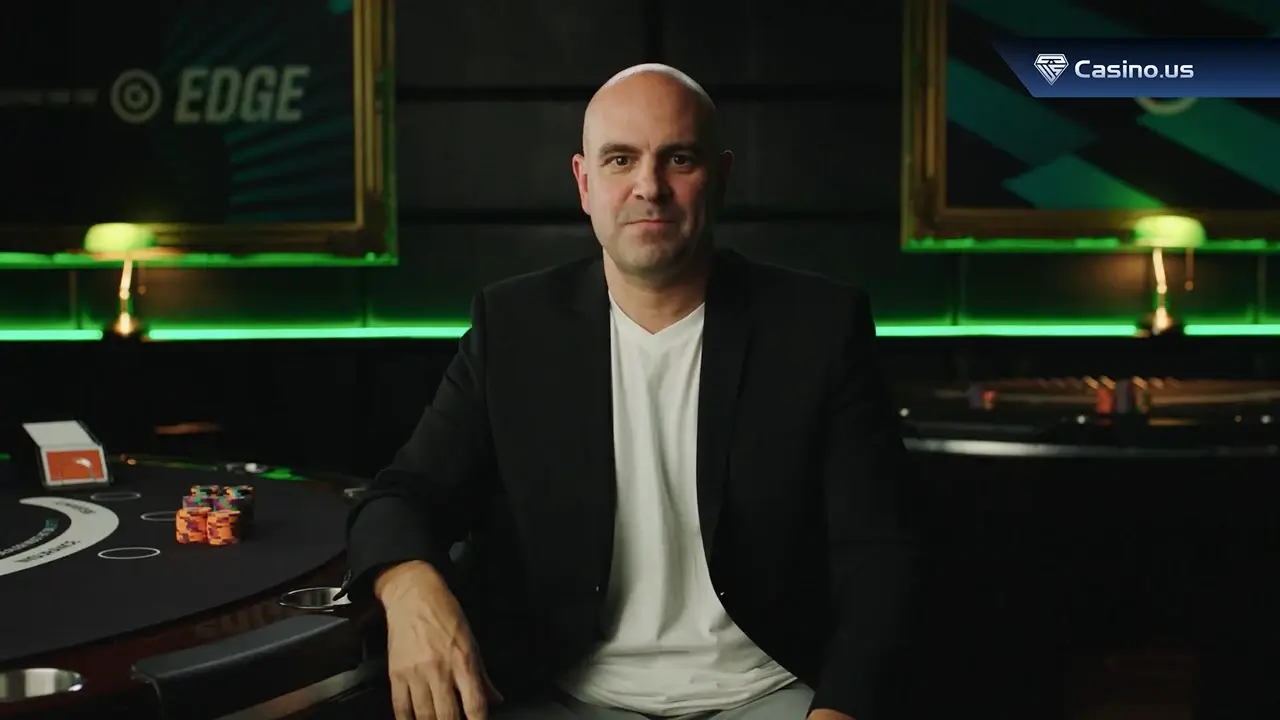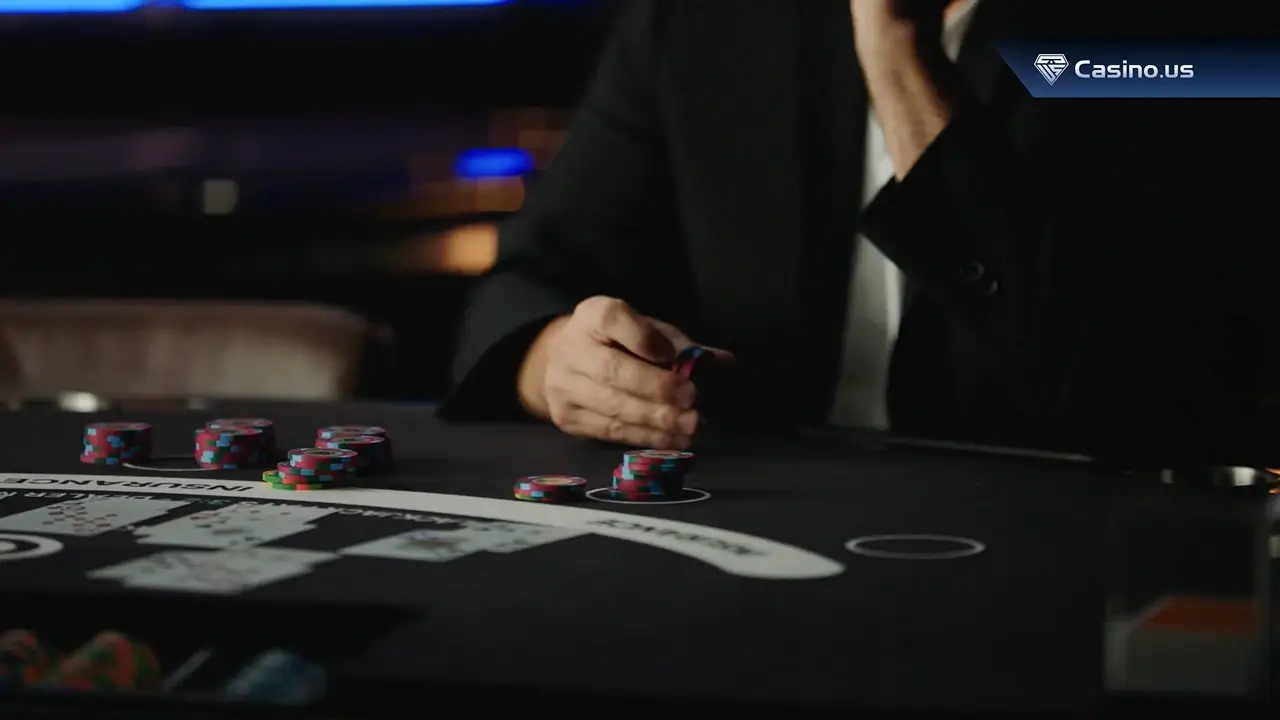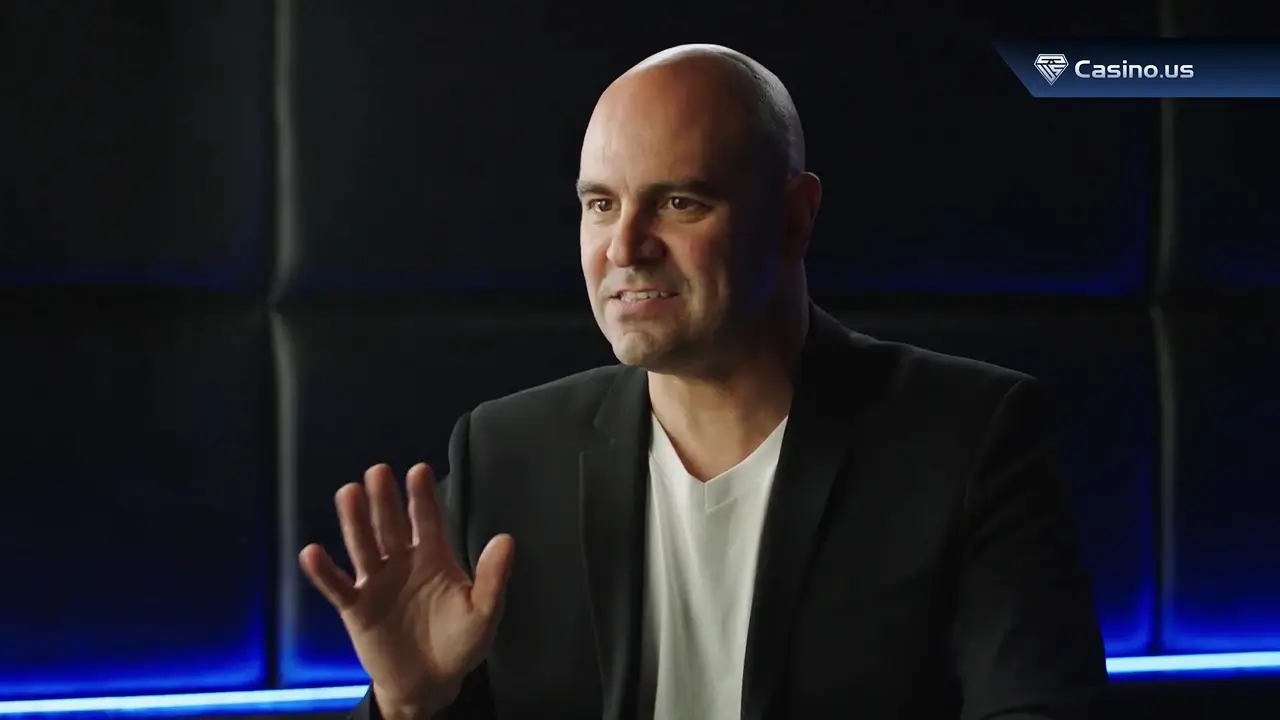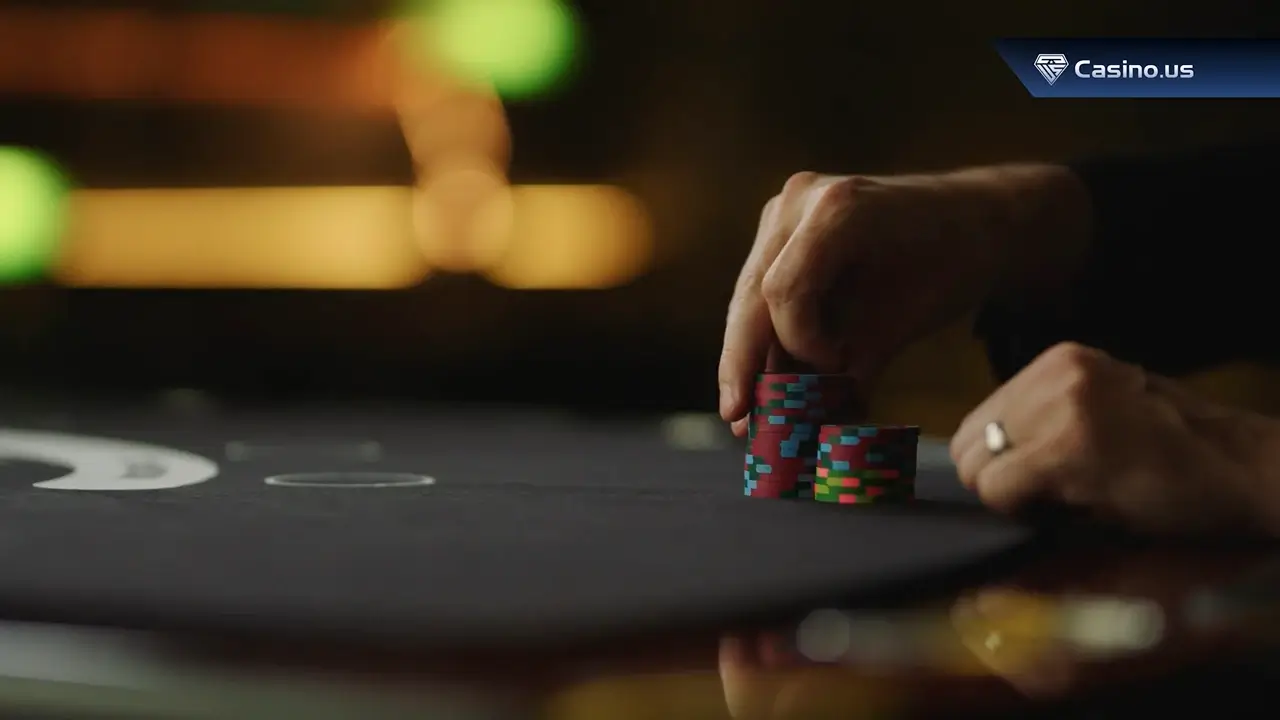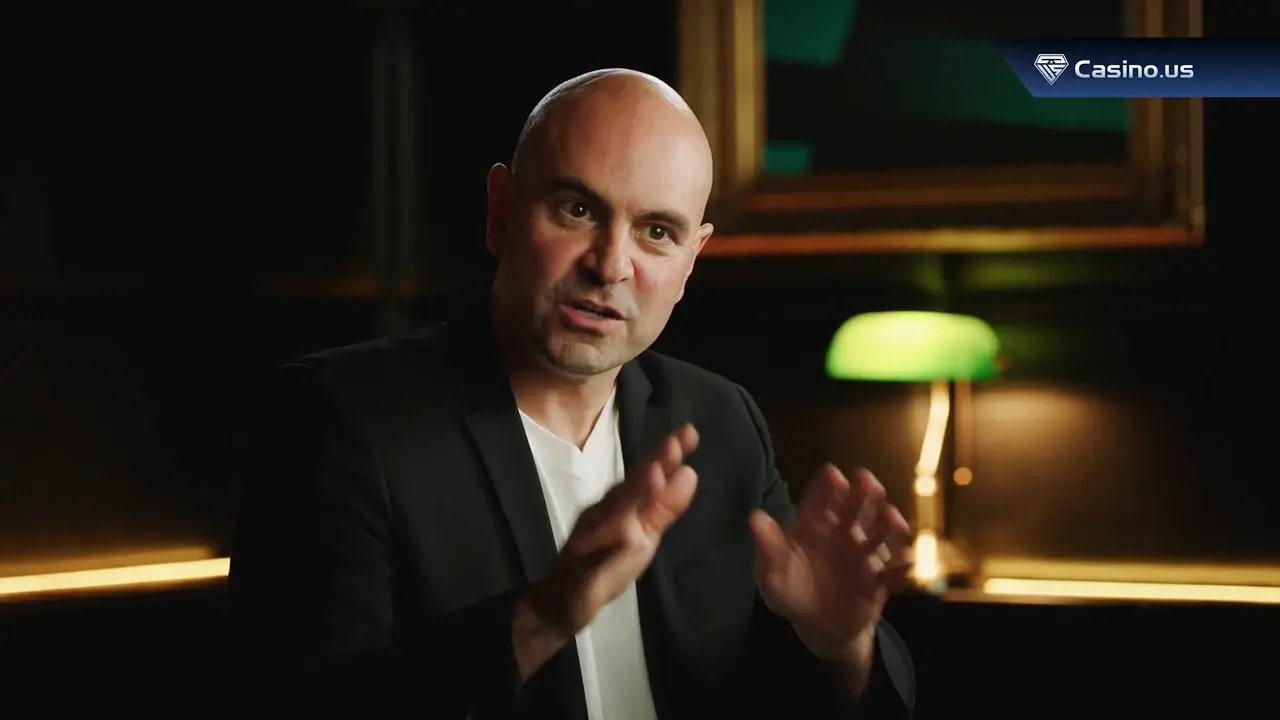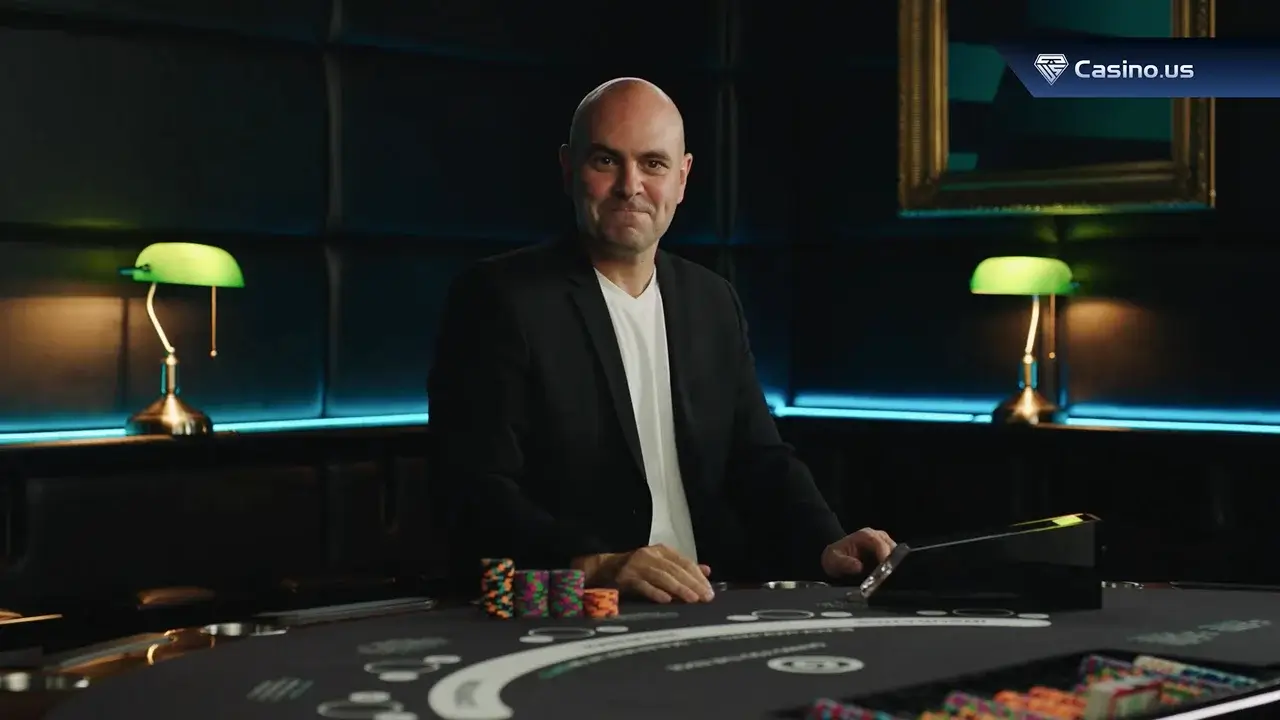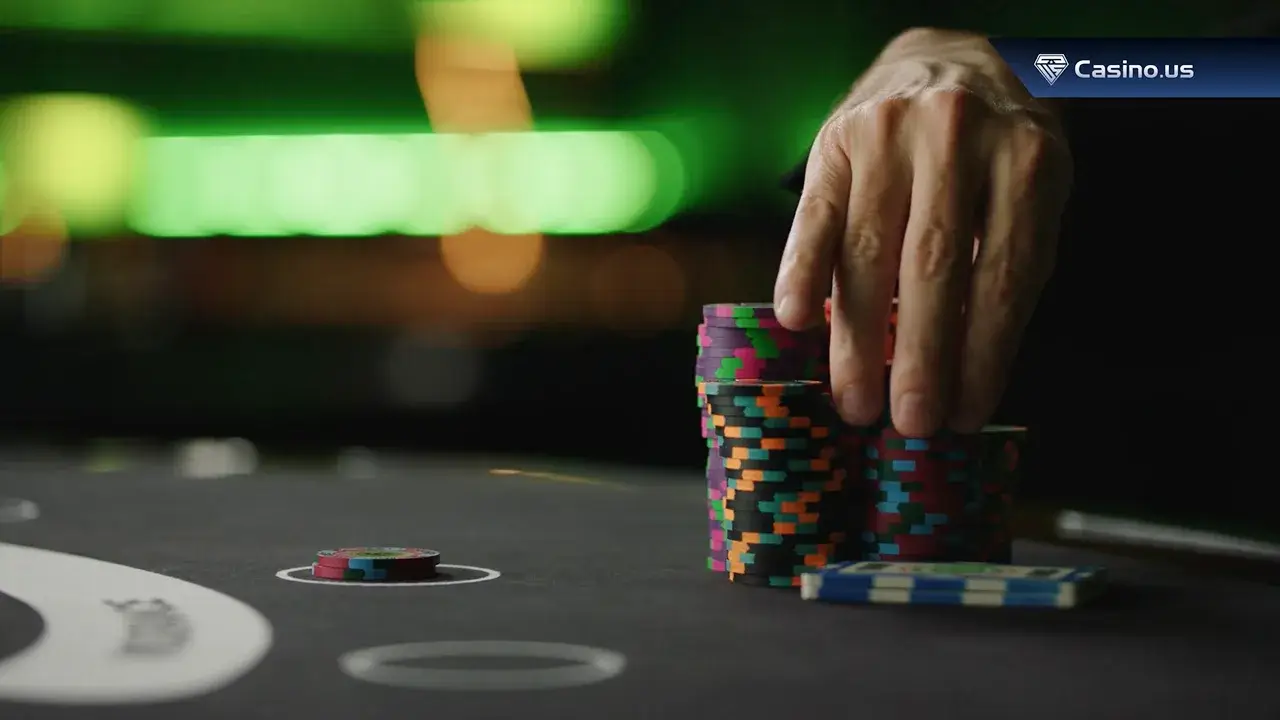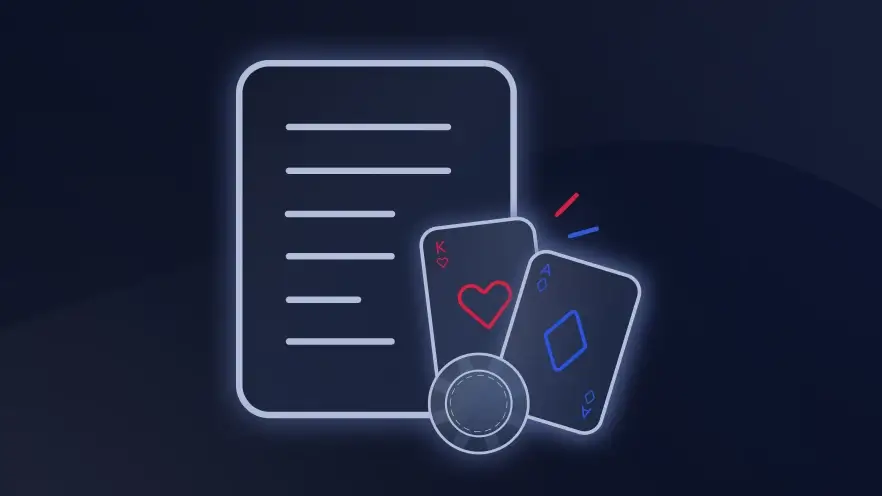Stand
Lesson description
Standing may not be exciting, but it’s effective. Mr Blackjack covers how basic strategy will guide you around the best and worst hands to stand on in 21.
What this lesson covers
- The best hands to stand on
- The worst hands to stay on
- Tricky hands you should stand on in blackjack
- How to apply basic strategy to staying
Episodes
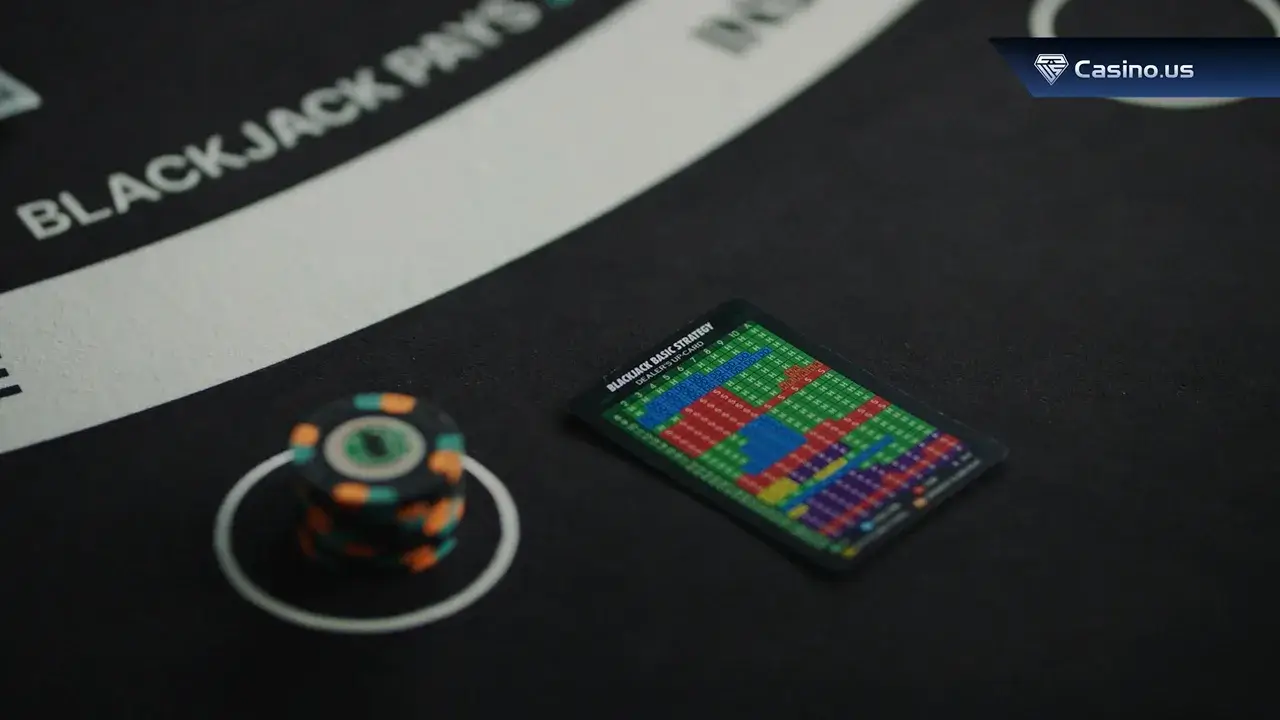
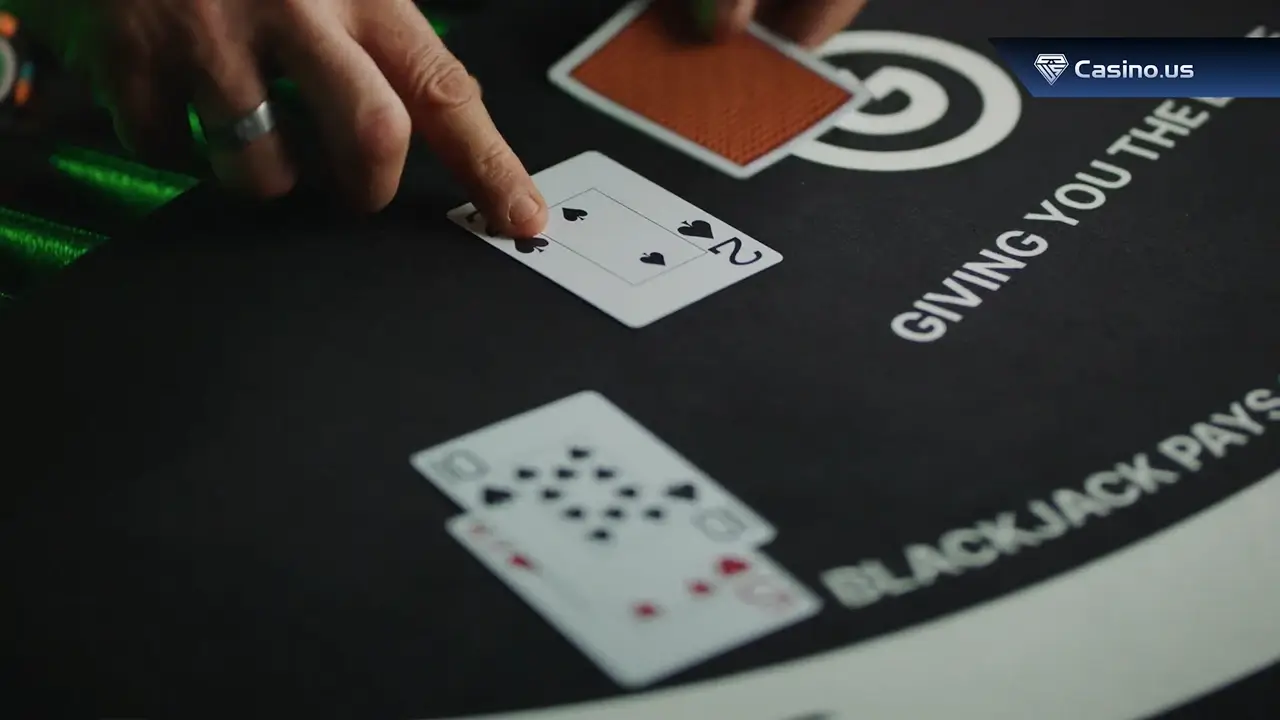
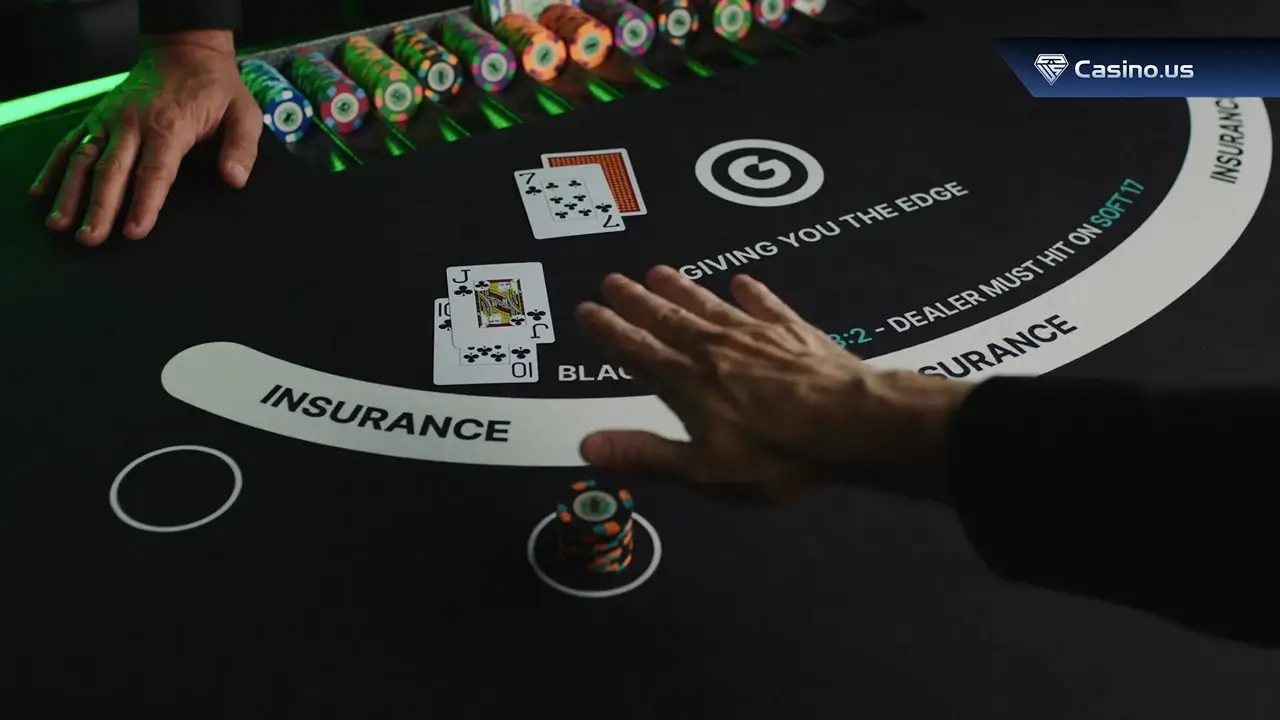
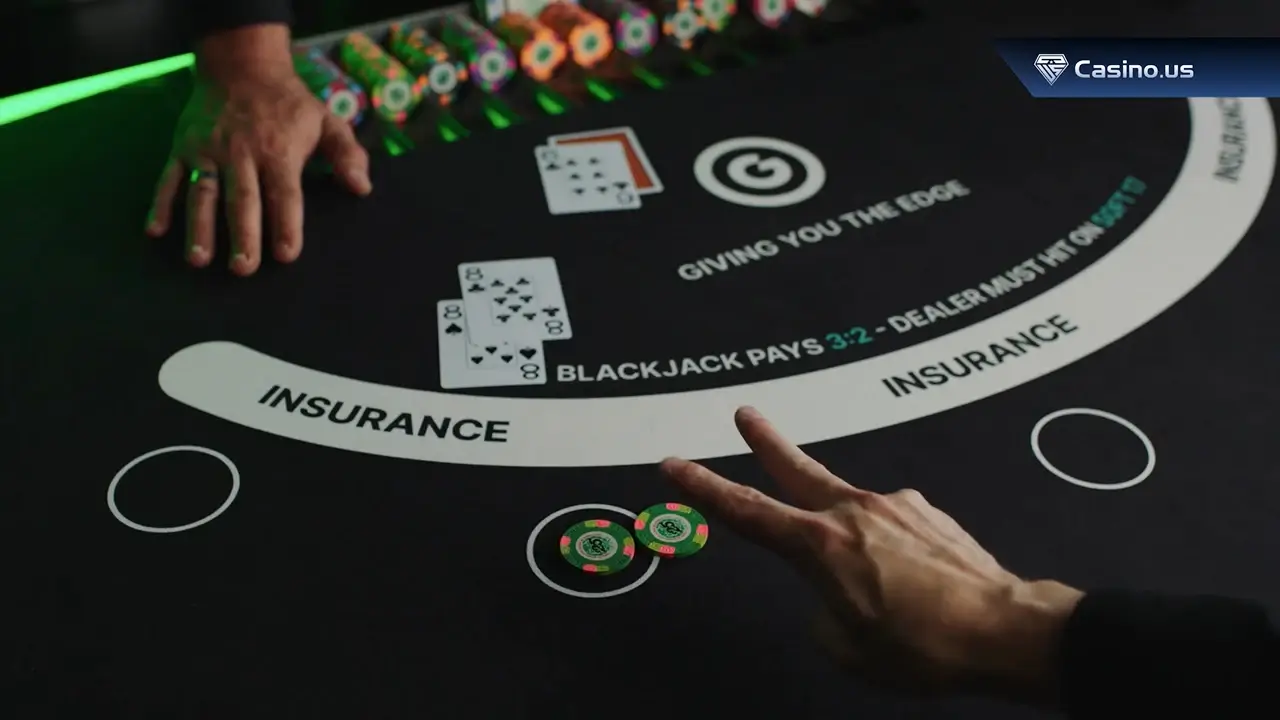
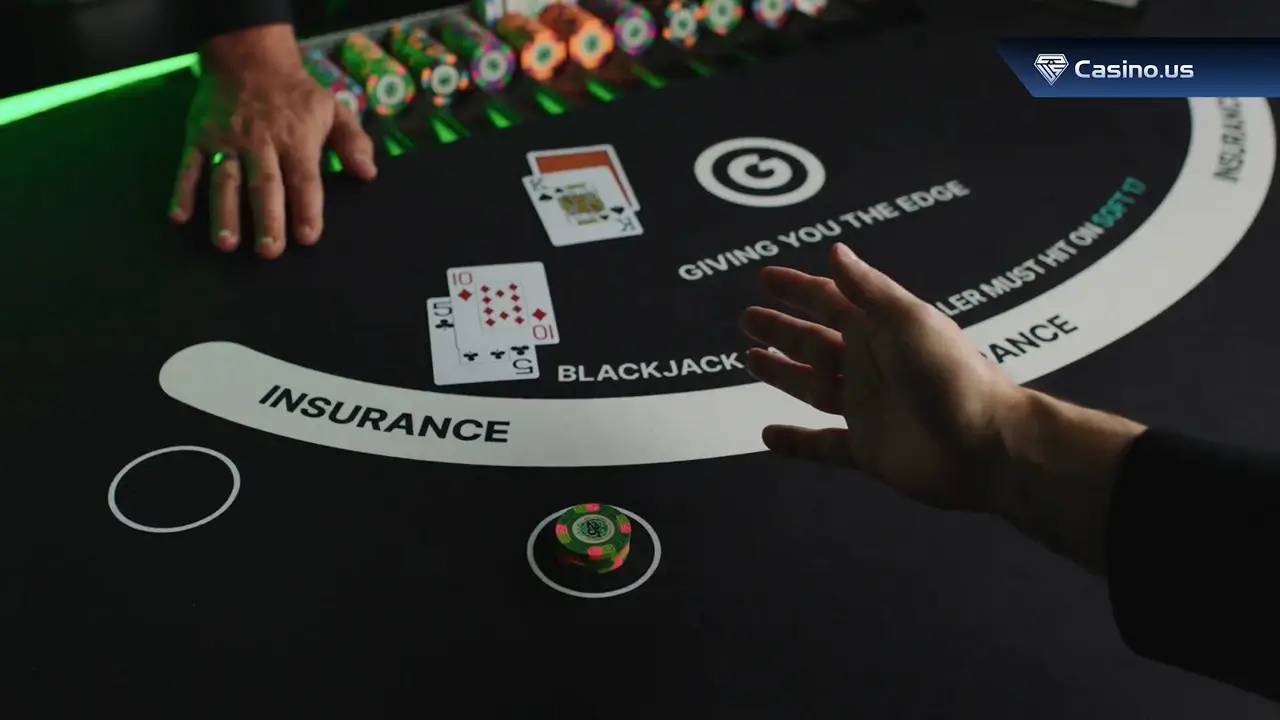
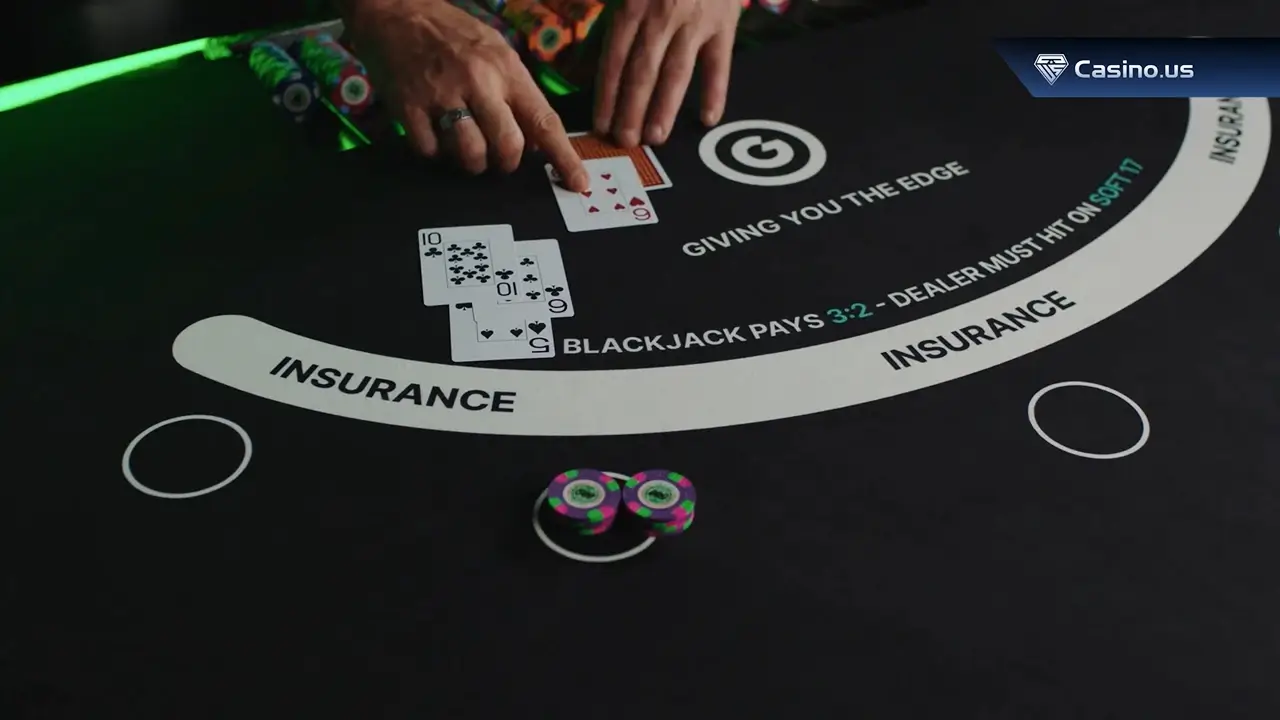
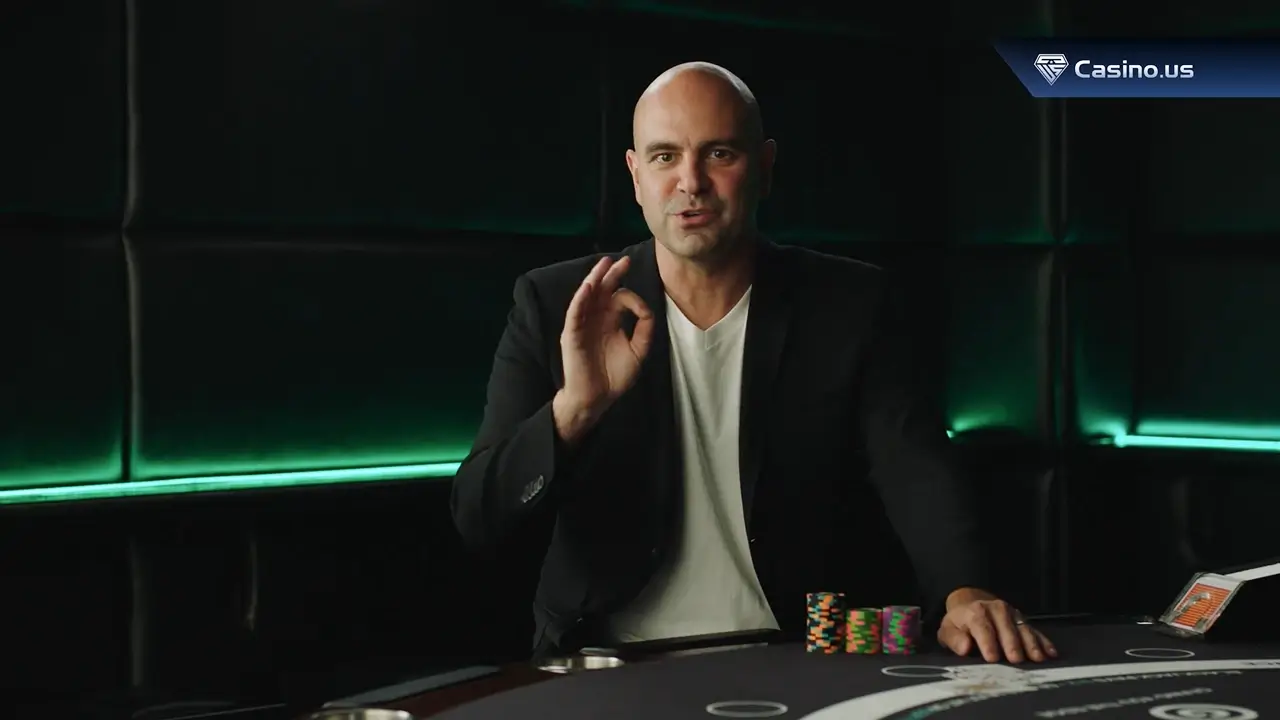
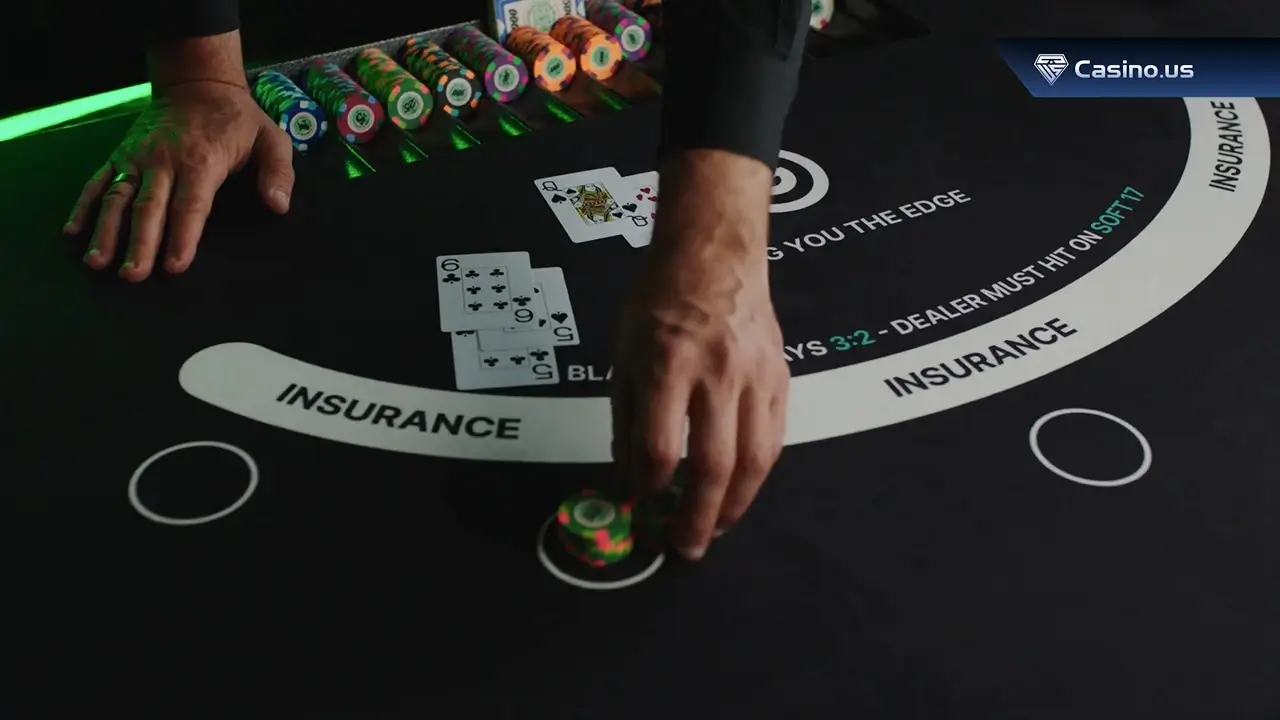
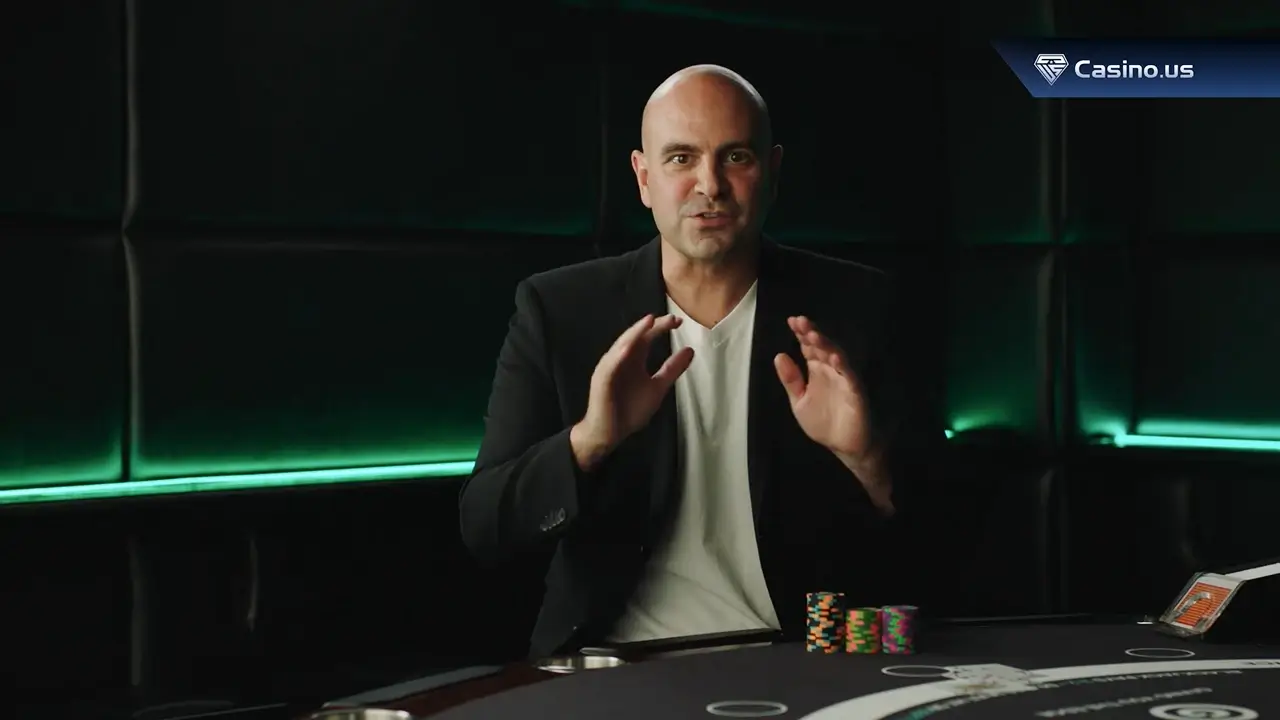
Want to learn more about Blackjack?
FAQs
What’s the difference between ‘stand’ and ‘stay’?
Both terms refer to the same move in blackjack: you don’t want any more cards. Learn more about the lingo to 21 with our blackjack terminology guide.
Do you stay on 15 in blackjack?
You should stay if the dealer’s up-card is 2-6. If they have a 7 or higher, then you should hit or surrender.
Why does basic strategy suggest standing on low hands when the dealer has a low up-card? Surely I can beat them easily?
Basic strategy looks at the probability of you winning or losing based on your hand and the dealer’s up-card. The dealer is more likely to bust hitting on their low up-card than you are to win by hitting on your weak hand. In these situations, basic strategy proves you will more likely win by staying than hitting.
Why is 6 a bust card?
It all comes down to blackjack odds. Few other cards can combine with six to make 21. You’re more likely to create a weak hand or go over 21 if you have a six.
When should I hit or stand in blackjack?
Generally, you should stand when you hand value is 17 or higher, or when you have 13 or more and the dealer has a bust card. You can find charts highlighting the exact hands to stand on in our blackjack strategy guide.
Can a dealer ever stand on a hand value less than 17?
The casino ultimately decides on their table rules, but it’s unlikely you will find one that makes a dealer stand on anything under 17. This would give players a considerable edge and mean the casino would lose more cash in real money blackjack games.
Why do some strategy charts suggest standing as a secondary move?
Some casinos add restrictions to moves in their blackjack games, particularly when you can split, surrender, and double down. When these moves aren’t available, basic strategy may suggest your second-best option is to stand. Strategy cards will reflect this advice so you can use them in any blackjack game.
